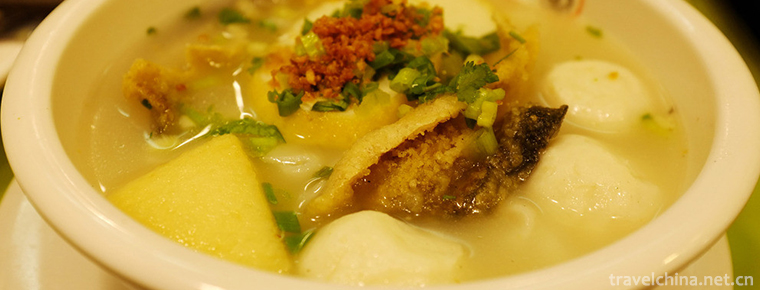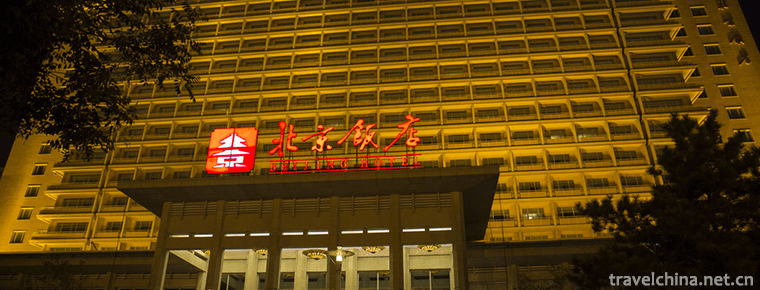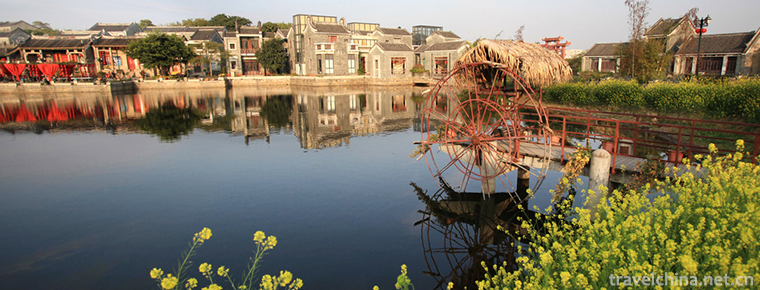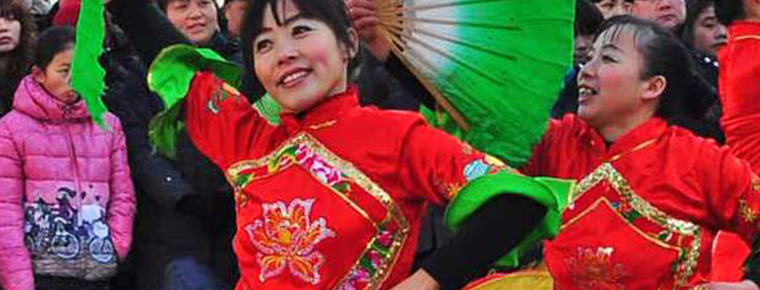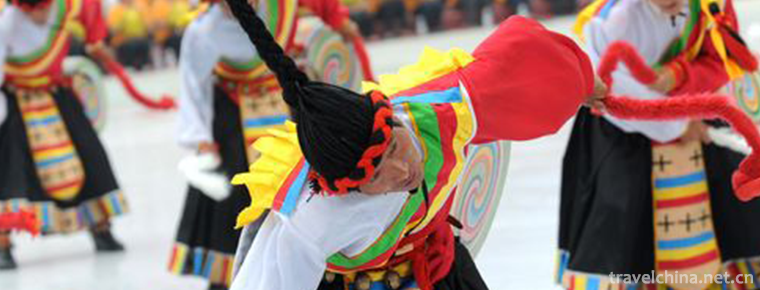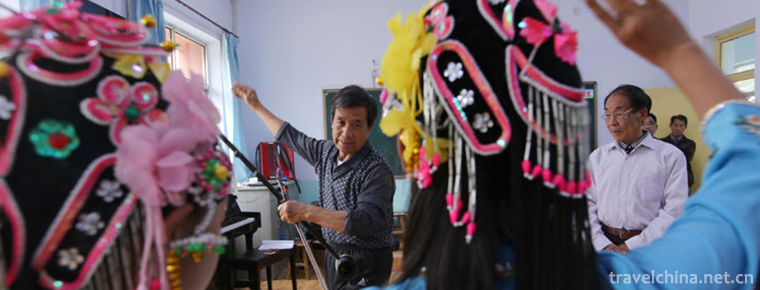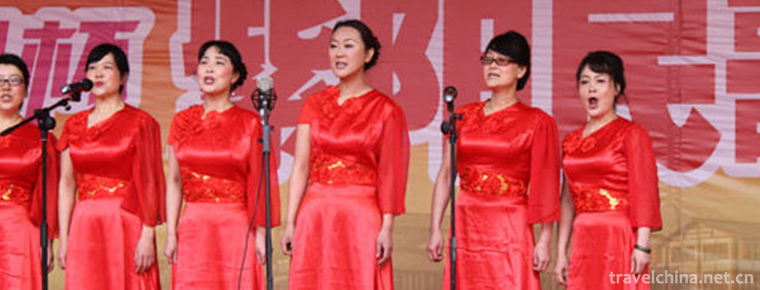Yihuanghe Bar Dance
Yihuanghe Bar Dance
Hebang dance is popular in Hedong area of Yihuang County, Jiangxi Province. It is a kind of traditional folk dance developed by mountain people from generation to generation, chopping branches on the mountain, singing and dancing in rhythm with sticks and wood knives. It has a history of more than 600 years, reflecting the wisdom and creativity of the working people. In 2014, it was selected into the fourth batch of national intangible cultural heritage list.
origin
According to Wu Jiafu, a farmer in Lanshui Township, Yihuang County, which is now merged into Zhonggang Township, the Hebang Dance evolved from Hebang Song. Hebang song is mainly composed of songs. The performance of Hebang is very simple. It takes the Hebang in hand or on shoulder and beats with a wood knife, only playing the role of beating folk songs. Later, people gradually did not satisfy this simple art form. Some people improved the pole song. They enriched the rhythm of the pole song by using the timbre and tone of the pole song became more vivid and livel Bar, while singing, while dancing, but also participate in various forms of song, so, after a long period of development, the bar song eventually evolved into the bar dance.
content
The characteristics of "Hebar Dance" are activation and laborization. With firewood knife and bars as musical instruments, the number of people can be more or less, the movement range is not large, the footsteps are natural, and more square steps are taken. Its line tone is more comfortable, word by word, rhythm is smooth, light and dexterous. It beats the bar with the wood knife in all parts to produce the ideas and rhythm of dancing and singing. The most commonly used are "5/8" and "4/8" rhythms, the content of the lyrics is irregular, the singers touch the scenery and sentiment, borrow material to express their feelings, so that the whole dance fully reflects the traditional folk customs, showing a lively local style. The most influential part of the pole dance is the pole dance, which is mainly composed of the folk song Zhuo Wangshan.
Zhuo Wangshan is a short-tuned folk song with beautiful melody. The whole tune is divided into eight sections. It is kind and simple to sing, and is deeply loved by the masses.
protect
With the diversification of cultural life style, Yihuanghe Bar Dance is also on the verge of being lost. Yihuang County organizes relevant personnel to carry out rescue excavation, collation and protection of the intangible cultural heritage in Yihuang County. The "Hebang Dance" has basically collected pictures and written materials. In 2007, Yihuang "Hebar Dance" has been listed in the first batch of city-level intangible cultural heritage list of Fuzhou.
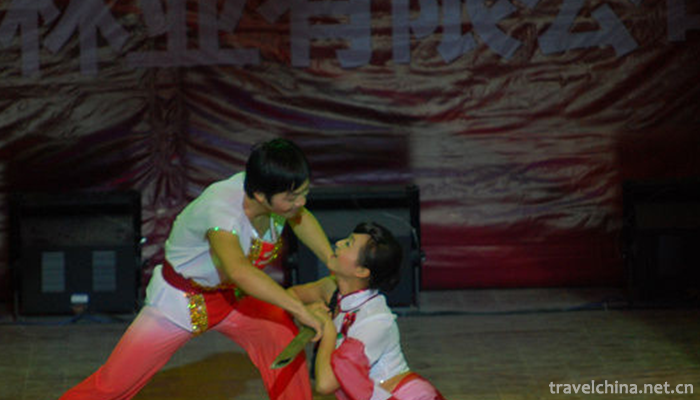
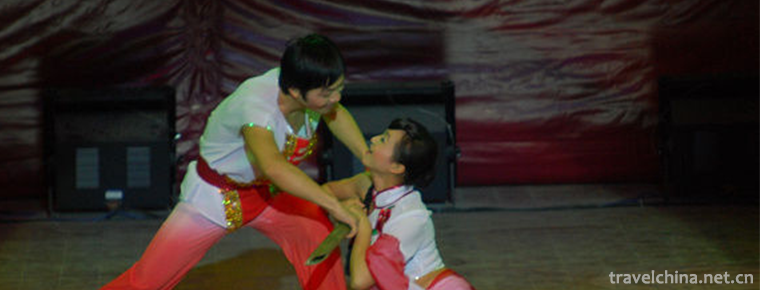
Yihuanghe Bar Dance
-
Fish egg powder
Fish egg powder was originally a food in Chaozhou. It began to spread to Guangzhou in the Guangxu period. Today, the operation of Chaozhou
Views: 247 Time 2018-11-14 -
Beijing Hotel
Located in the center of Beijing, Beijing Hotel is adjacent to the former Imperial Palace and Forbidden City. It can reach Tiananmen, the Great Hall of the People
Views: 276 Time 2018-12-14 -
Lingnan Impression
Lingnan Impression Park is located in the south of Guangzhou University Town (Xiaoguwei Island). It covers an area of 16.5 hectares. It is a tourist attraction that gathers sightseeing
Views: 451 Time 2019-02-03 -
Jingxing spent
Jinglonglahua, a traditional dance in Jinglongxian County, Hebei Province, is one of the national intangible cultural heritage.
Views: 368 Time 2019-05-08 -
monologue storytelling accompanied by drumbeats
Plum blossom drum, born in the middle of the Qing Dynasty, originated in Beijing, is popular in Beijing and Tianjin. Before liberation, the sons and daughters of Beijing Banner People liked to sing me
Views: 272 Time 2019-06-03 -
Quyi
Quyi is the general name of all kinds of "rap art" of the Chinese nation. It is a unique art form formed by the long-term development of folk oral literature and singing art. According to in
Views: 171 Time 2019-06-11 -
Guozhuo Dance in Shannanchang
Shannanchang Guozhuo Dance is a kind of waist drum, which originated in Dabu (now Jiacha) area. Legend has it that in the mid-eighth century, with the help of Buddhist masters such as lotus and peanut
Views: 210 Time 2019-06-13 -
Parrot Opera
Parrot Opera, which originated in the reign of Qianlong in Qing Dynasty, inherited in Shanghe Village, Linzi District, Zibo City, Shandong Province, and is one of the national intangible cultural heri
Views: 187 Time 2019-07-25 -
Ziyang Folk Songs
Ziyang Folk Song is the general name of traditional folk songs spread in Ziyang County, Shaanxi Province, and it is the most representative of traditional folk songs in southern Shaanxi Province. It h
Views: 377 Time 2019-08-16 -
Capital Medical University
Capital Medical University (Capital Medical University), known as the first Medical University, is jointly established by the Beijing Municipal People's government, the national health and Health Comm
Views: 160 Time 2019-11-26 -
Education in Neijiang
By the end of 2019, there are 1170 schools at all levels in Neijiang City, with 570100 students and 39400 teaching staff. There are 689 kindergartens with 88900 students; 274 primary schools with 205400 students; 137 junior high schools with 126400 students;
Views: 369 Time 2020-12-16 -
Leshan post and Telecommunications
By the end of 2018, there were 253 post offices in Leshan City, with an average of one postal service network for every 50.29 square kilometers and 12900 people. There are 79 postal routes in the city, with a total length of 3490 km. There are 158 urban delivery routes
Views: 354 Time 2020-12-17
